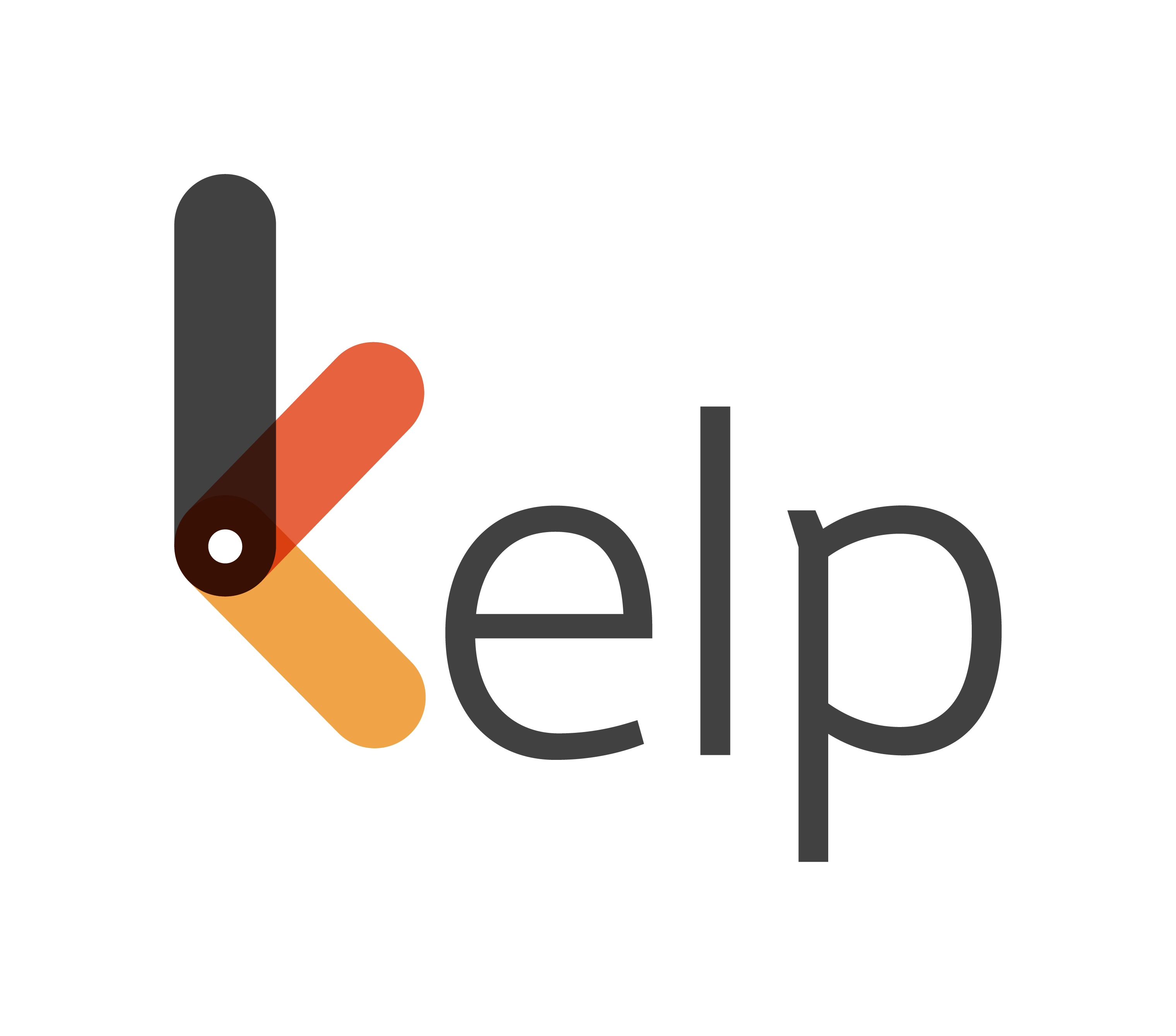Ask an employee today about what motivates him/her and the answer you most likely will get is –better career progression. Ask a HR head of any organization about the biggest challenge on hand and they will say – high attrition due to their inability to effectively engage their employees.
Dealing with a workforce that is continuously looking for better and faster professional growth and personal development does not come easy. Added to that is the fact that modern day packages have become lucrative enough to entice an employee and lure him/her away from the current employer. With several organizations offering attractive emoluments and fancy positions with a clearly charted out growth path, emotions like loyalty to the employer are fading away. As the new age workforce evolves steadily and becomes more versatile, their competencies along with their ambitions are climbing several rungs of the ladder at a time. These changing tendencies seem to be putting a new twist on the old saying – time is money. The employee today does not want to stay in an environment where he/she is not developing constantly, which puts the pressure on the employer to find a way to effectively engage him/her in order to minimize the chances of the employee leaving the company.
The Dale Carnegie Employee Engagement Survey of 2014 showed that 54% of the Indian workforce is not completely engaged at work, which obviously leads to higher employee turnover.
As organizations face this new and mounting challenge of engaging and retaining their employees in order to be able to meet their business objectives, the importance of Learning and Development is emerging as a messiah. Organizational heads are looking at training or L&D in a new light and are rethinking and re-strategizing their approach to training in their organizations. As the need for training mounts up, so too does the need to quantify its impact on the employees and ultimately on the business growth chart as well. Finding the right type of training initiative that can quantify the impact and the ROI for the business, one that can adapt to the changing needs of the employees, one that justifies the time spent away from the job and most importantly, one that creates a positive impact on the employee and motivates him/her to stay on in the company and perform at peak becomes the crux. While classroom training has and always will be an integral part of training initiatives, several factors such as disparate workforces spread across geographies, the need for flexibility in taking up these sessions, the need for on demand training, the need to customize training modules to user needs, etc., are slowly changing the trends in training.

As various organizations of different sizes have started absorbing more of training – classroom, online or a blend of both, the employee’s path of progression gets clearer and clearer and when he/she see the interest the organization has vested in their growth, there comes a sense of motivation, a sense of involvement, a sense of participation and the willingness to stay and perform and grow. At the end of the day, when the organization invests in building a workforce for the future, every bit they invest into their employee will pay off both in the financial sense as well as in employee engagement.
John F Kennedy once said, “Leadership and learning are indispensable to each other.” You help your employee grow and he/she helps you grow. It is mutual.







